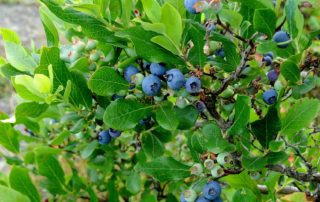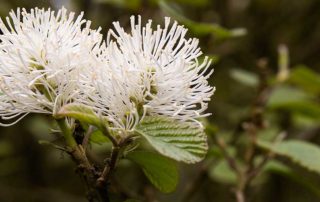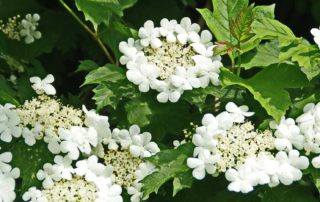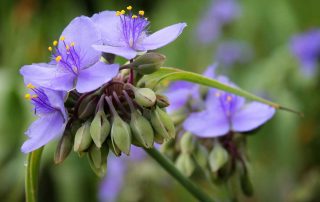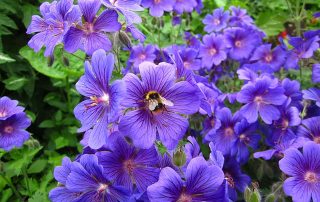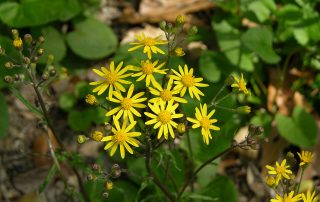Vaccinium corymbosum – Highbush Blueberry
Northern highbush blueberry, Vaccinium corymbosum, is a deciduous shrub native to eastern North America, from Nova Scotia and Ontario south to Alabama, and west to Wisconsin. Plants grow in an upright form, and depending upon variety, may range from 3 feet to over of 6 feet in height. In their wild state, highbush blueberries may be found in thickets near or under wooded areas and grow best in a well-drained sandy loam, rich in organic matter.

